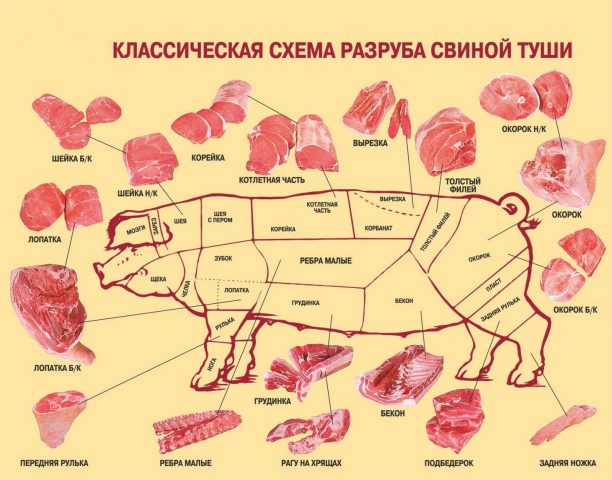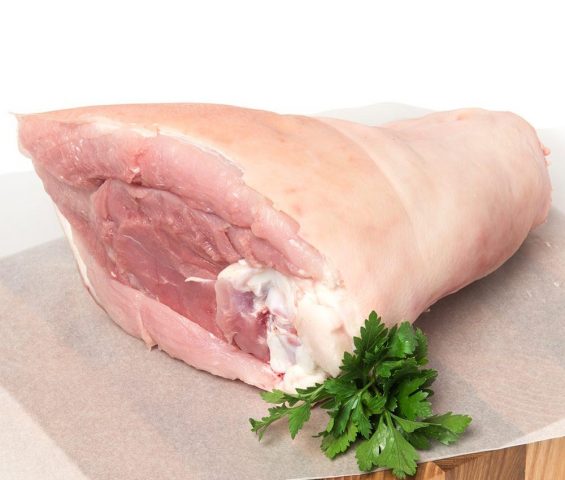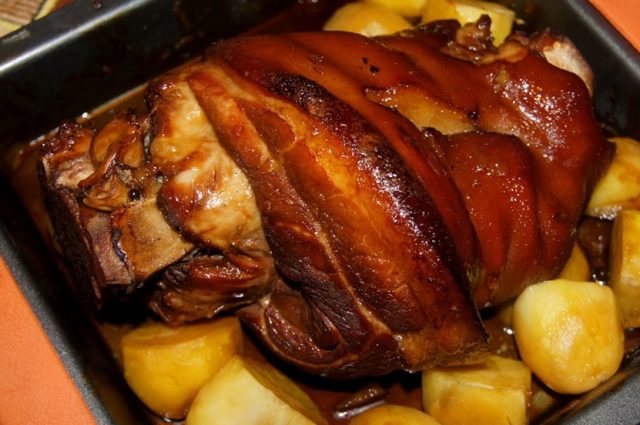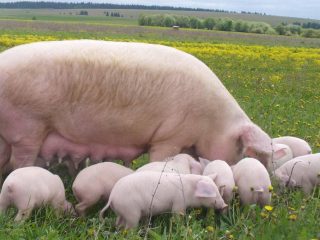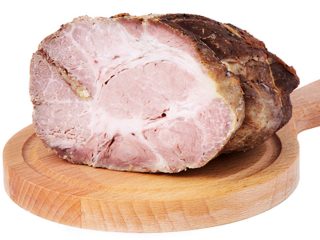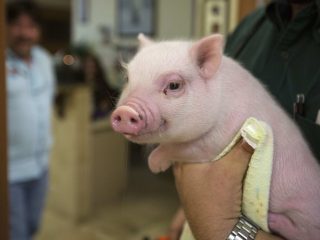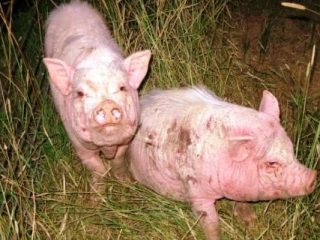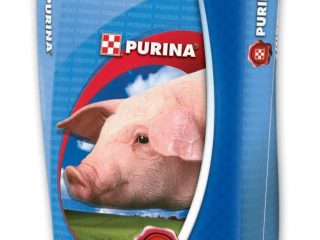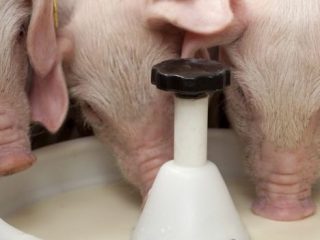Content
Pork knuckle is a truly “multifunctional” and, importantly, inexpensive product, which is loved and prepared with pleasure in most European countries. It is boiled, smoked, stewed, baked in the oven or on the grill. If you choose and prepare the shank correctly, the end result is guaranteed to be a surprisingly tasty, tender and appetizing dish.
Where is the knuckle of a pig?
The knuckle is the part of the pork carcass that is located between the thigh or shoulder and the knee joint. There are two types: front and back. The chosen type directly determines whether the intended dish will be successful, since they differ in the quality and structure of the meat.
The knuckle is tastier, it has less tendons, a thinner layer of fat, and releases more juice during cooking. Ideal for preparing all kinds of main dishes.
When buying pork, you need to clearly know the location of each part of the carcass, what grade it belongs to and what it is used for.
Meat is divided into varieties according to the following principle:
- first grade - the most nutritious, tasty and tender meat - carbonate, back ham, loin, neck;
- second grade - front ham, brisket;
- third grade - peritoneum;
- fourth grade - legs (including shank) and head; These parts of the pig carcass can be boiled, smoked and baked; they make excellent jellied meat.
Meat quality
The taste of any dish is determined by the quality of the starting products. Therefore, before cooking pork knuckle, you need to know how to choose it.
There are several general rules:
- impeccable appearance: the skin of the shank is light, without bruises, dark spots, or visible damage;
- elasticity: when buying pork, you need to press it with your finger, fresh meat will quickly return to its original shape; if the dent is filled with a reddish liquid, then most likely this product has been defrosted several times;
- freshness: good meat has a pinkish color, it is slightly moist, not sticky in any way; the fat is white, dense, does not stick to the hands, does not smear;
- smell: the knuckle should not emit any foreign, much less unpleasant, pungent odor;
- cut: a thick, brownish crust forms on a well-rested piece, and the surface of the pork is dry and weathered even at first glance.
Fresh pork always tastes better than frozen pork, but sometimes you have to use it too. Frozen shanks must thaw slowly or they will become dry. The juice released during defrosting can be used for sauce. After the meat has thawed it should be used. It is not recommended to put it in the refrigerator again.
What can you make from pork knuckle (without recipes)
Pork knuckle dishes are not only the well-known icebein or boar's hoof. In fact, there are a great many variations on its theme.
The knuckle of a pig is the upper, fleshiest part of the leg; everything below the knee joint is the legs, suitable only for jellied meat.
So, what else can you prepare based on this part of the pork carcass: broths for first courses, rolls with various fillings, classic jellied meat, fake ham, which tastes just as good as the real thing; stew that melts in your mouth.
The shank stuffed with garlic and baked in the oven or boiled with spices is very tasty. Pork prepared in this way can be served hot as a meal on its own or cold as an appetizer.
In nature, it will successfully replace or complement barbecue if you bake it on the grill. Before this, the meat must be boiled. A marinade made from a mixture of soy sauce, cherry juice and finely chopped chili pepper will give it a special piquancy. Any vegetables or sauerkraut are suitable as a side dish. All that remains is to come up with some interesting sauces and take care of the dishes with a lid so that the shank “straight from the heat” does not cool down too quickly.
A little about spices. Mixtures that include marjoram and juniper, nutmeg and dried garlic, rosemary, and red pepper are considered classic.
A few culinary tricks:
- when baking, you need to make deep cuts on the skin of the shank, then it will turn out tasty and rosy; In addition to a small amount of water, pour 1-2 tbsp into the container where it will be cooked. l. cognac;
- The stewed shank will become especially juicy if you add a little pomegranate juice or vinegar to the bowl in which it is cooked;
- Before smoking or baking, the shank must be boiled, first rubbed with marjoram and rosemary and wrapped in cling film; it will become surprisingly fragrant and tender;
- tough meat will become more tender if you rub it with dry mustard overnight and leave it; Before cooking, rinse thoroughly under running cold water;
- pork requires careful cooking; You can check the readiness of the meat by piercing it with a knife; if light juice begins to flow out, the pork is ready.
Conclusion
Pork knuckle is a real godsend for the housewife, because it is a product for which there are many ways to prepare it. In addition, pork benefits as one of the most important dietary sources of protein. In addition, it contains potassium, calcium, sodium, vitamins B1, B2, E, PP, phosphorus, magnesium, iron. Properly prepared knuckle is not only delicious in taste, but also beneficial for the body.
